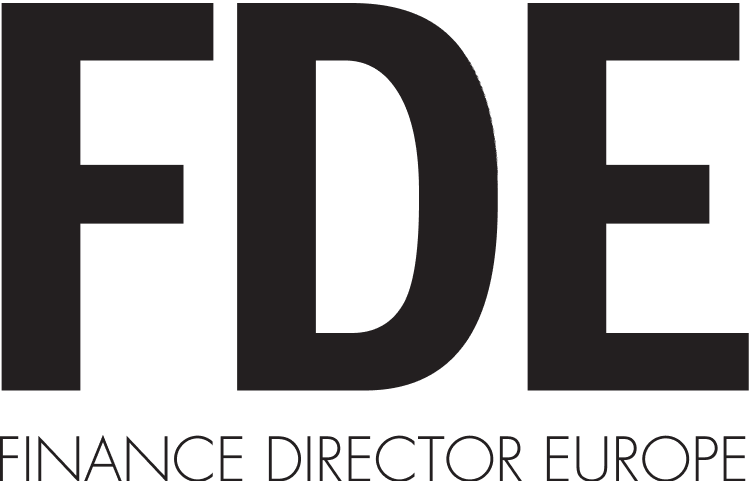
AZ Sestante, a specialist investment consultant based in Sydney, Australia, has rolled out a new digital investing solution, dubbed Sestante Invest, to assist wealth management and advice firms in reducing the growing ‘advice gap’ in the industry.
Leveraging the new solution, investors can gain access to six investment portfolios managed by AZ Sestante Sestante Dynamic Conservative, Sestante Dynamic Balanced, Sestante Dynamic Aggressive, Sestante ESG Focus Conservative, Sestante ESG Focus Balanced and Sestante ESG Focus Aggressive.
Sestante Invest also offers clients regular information clarifying their portfolio management decisions, as well as informative financial literacy and wellbeing content.
AZ Sestante distribution head Andrew Davies said: “Our client firms are dealing with issues that are consistent across the Australian financial advice landscape: as the cost of delivering ongoing personal financial advice has shot up and large numbers of advisers have left the industry in recent years, it means that increasing numbers of people are priced out of this service – what is generally referred to as the “advice gap”.
“Now, with the launch today of our new digital solution, Sestante Invest, our client firms are able to help a much broader audience, as the minimum investment to get started is only $25,000.”
With the new solution, AZ Sestante aims to enable its customers to provide professional investing solutions to those who cannot afford their conventional expensive personal advice services or the ones who seek to do it on their own.
Furthermore, the company partnered with Australian fintech investment firm OpenInvest to provide the latter’s business clients to resolve commonly found issues in the wealth management sector through Sestante Invest.
OpenInvest CEO and co-founder Andrew Varlamos said: “With an estimated $1tr in wealth moving between generations over the next decade, it’s logical for progressive wealth management firms to be reaching out to help the next generation now – not after they have built their wealth to what a firm might traditionally have regarded as their minimum threshold.”






